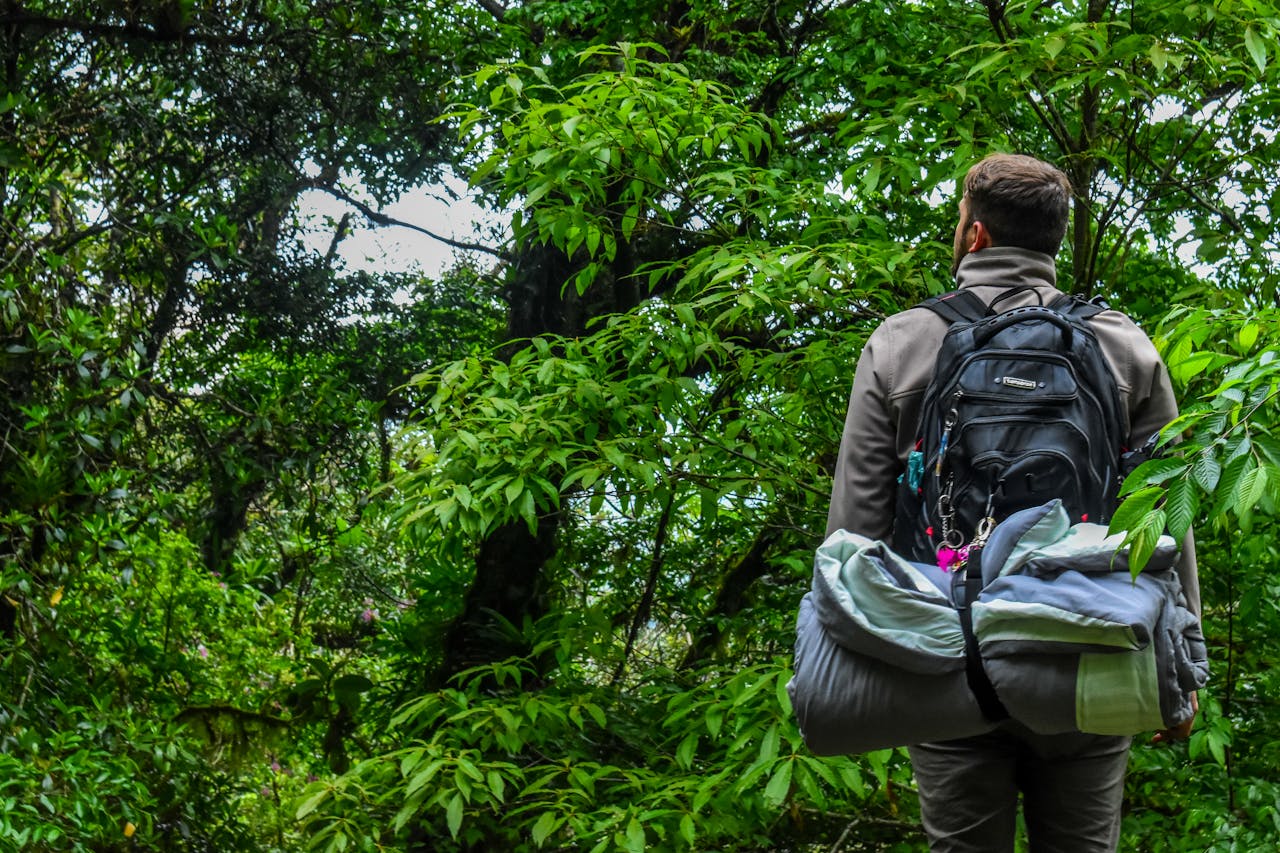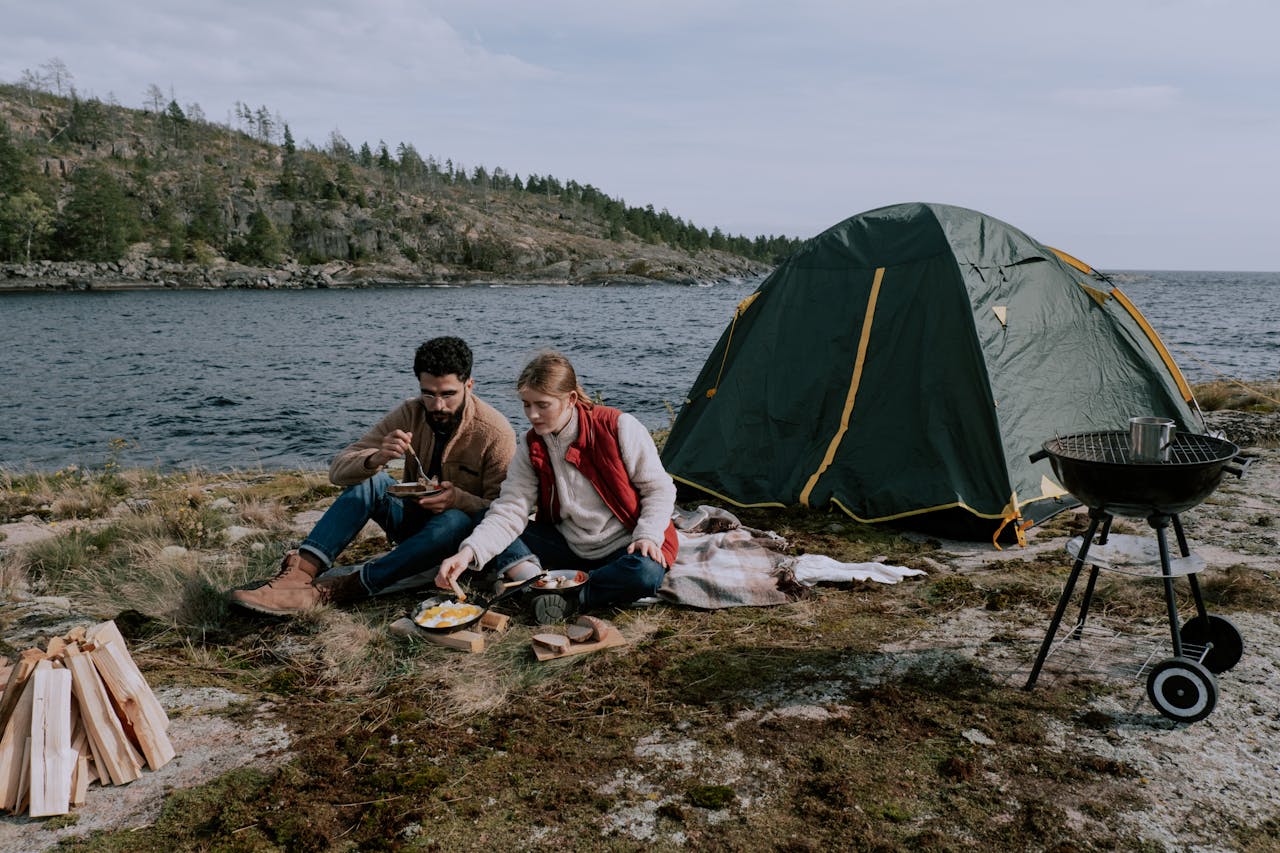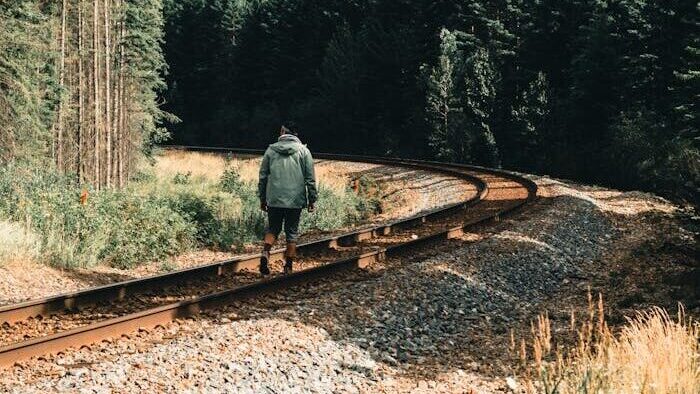
Planning a camping trip is exciting, but it also requires proper preparation. It’s not just about choosing a great spot; it’s about ensuring you have everything you need to enjoy the experience fully and be prepared for anything. Clothing, food, and a well-thought-out itinerary are key components of this preparation.
Imagine being out in nature without the right camping attire for the weather, without enough food, or without a clear plan for activities. The adventure might not be as fun as you imagined. That’s why it’s essential to take the time to plan every detail of your trip. With the right preparation, your camping experience can be both comfortable and thrilling.
Carefully Consider What You Need
Before heading out, it’s crucial to make a list of what you’ll need. It’s not just about packing the basics; it’s about thinking through all the little details that will make your stay more comfortable and safe.
A good gear setup will help you face any unexpected situations, whether it’s a cold night, a hike under the sun, or an unexpected rainstorm.
Bring enough camping clothing to keep you dry and warm, but don’t overpack. Space in your backpack is limited, and carrying too much weight can make your hike more difficult. Also, think about your food: ideally, it should be easy to prepare and packed with nutrients to keep your energy up throughout all the activities.
Don’t forget to include essential items like a first aid kit, sunscreen, and a reliable flashlight.
Having a well-planned itinerary can also make the difference between a relaxing day and a stressful one. Knowing what activities you’ll do and when will allow you to enjoy the experience without worrying about last-minute details.
You can learn much more about general preparation in our article Planning Camping Trip.
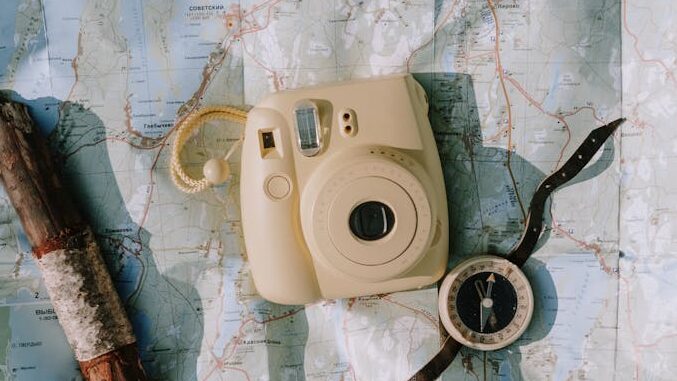
Personal Camping Checklist
Below is a list of essential personal items for your camping trip. These are just some examples of what you might need, but remember, everyone is different, so adapt the list to your specific needs.
Clothing
- Long-sleeve shirt
- Short-sleeve shirt
- Waterproof jacket
- Lightweight pants
- Waterproof pants
- Thermal socks
- Cotton socks
- Sun hat
- Cold-weather hat
- Gloves
Choosing the right camping attire is essential, considering the time of year and the weather conditions of the place you’ll visit.
For example, in summer, it’s better to opt for lightweight, breathable fabrics that keep you cool during the day. However, the nights can be cool, so a light jacket may come in handy.
In winter, the priority is to keep your body warm, so thermal clothing and waterproof jackets are a must. Avoid wearing cotton in extremely cold conditions, as it retains moisture and can make you feel colder. Instead, go for synthetic materials that wick away sweat and keep you dry.
Also, consider wearing several layers of clothing, which you can add or remove as the temperature changes throughout the day.
Footwear
- Hiking boots
- Sneakers
- Sandals for resting
- Waterproof shoes
- Comfortable camp shoes
Footwear is crucial for camping since you’ll be walking on uneven and possibly wet terrain. Hiking boots should be your first choice because they provide support and protection on rough ground.
Avoid wearing new or untested shoes, as they could cause blisters. It’s also a good idea to bring a pair of sandals or sneakers to relax in around the camp.
Personal Hygiene Kit
- Toothbrush
- Toothpaste
- Biodegradable soap
- Quick-dry towel
- Sunscreen
- Insect repellent
- Moisturizer
- Toilet paper
- Comb
- Deodorant
When camping, personal hygiene is important. Using biodegradable soap and quick-dry towels can help you stay clean while being eco-friendly.
Remember to bring a small hygiene kit that covers your basic needs, ensuring you can maintain cleanliness on the trail.
First Aid Kit
- Adhesive bandages
- Sterile gauze
- Hand sanitizer
- Small scissors
- Tweezers
- Basic medications (pain relievers, antihistamines)
- Antibiotic ointment
- Adhesive tape
- Thermometer
- Hydrogen peroxide
- Saline solution
- Activated charcoal tablets
- Sewing needles
- Latex gloves
- Thermal blanket
Accessories
- Flashlight
- Matches or lighter
- Water bottle
- Sunglasses
- Rope
- Multi-purpose knife
- Sleeping bag
- Waterproof backpack
- Portable stove
- Foldable chairs
Documents and Money
- Personal identification
- Travel insurance
- Credit or debit card
- Cash
- Area map
- Camping permit
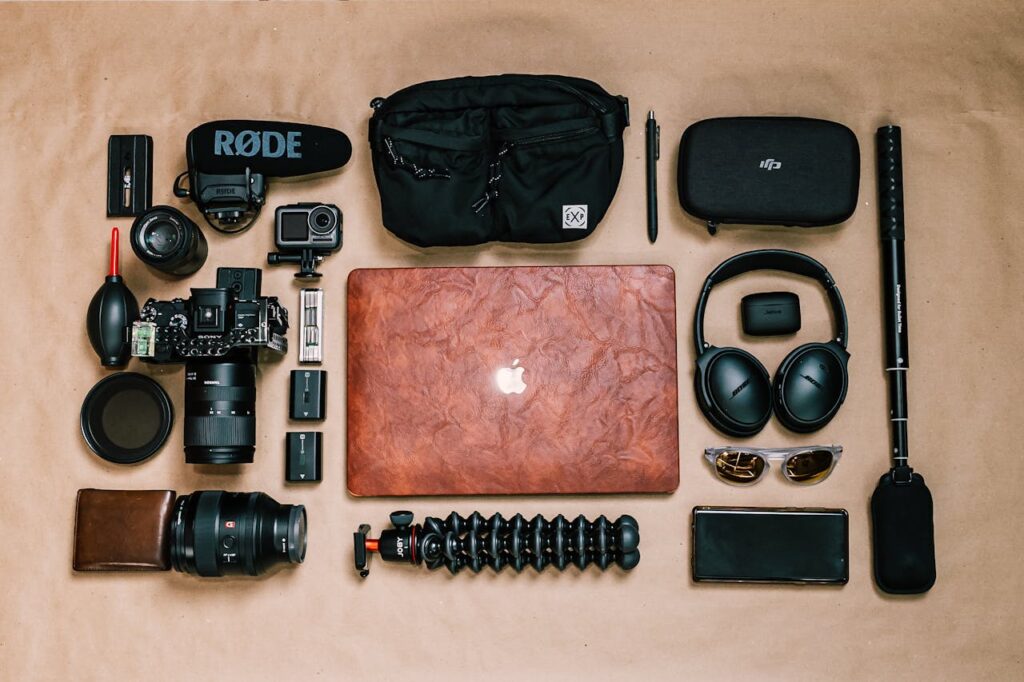
Additional Items
- Camera
- Trash bags
- Pillows
- Extra blankets
- Books or magazines
Be Careful Not to Get Dirty
At the campsite, it’s easy to get dirty, especially if you engage in outdoor activities like hiking or exploring. However, some items should be protected from dirt and dust. Keep your sleeping bag inside its cover when not in use.
Store your change of clothes in waterproof bags to avoid getting them wet or dirty. Cooking utensils should be cleaned immediately after use to prevent them from accumulating dirt or getting damaged.
Protect Yourself from the Sun
Sunburn can ruin your camping experience. That’s why it’s essential to protect yourself properly. Use a broad-spectrum sunscreen and reapply it every two hours, especially if you’re sweating or have been in the water.
Don’t forget to bring a wide-brimmed hat and sunglasses to protect your face and eyes. Additionally, wear lightweight, moisture-wicking clothing that covers most of your skin. Sunburns are not only painful but can also cause dehydration and increase the risk of heatstroke.
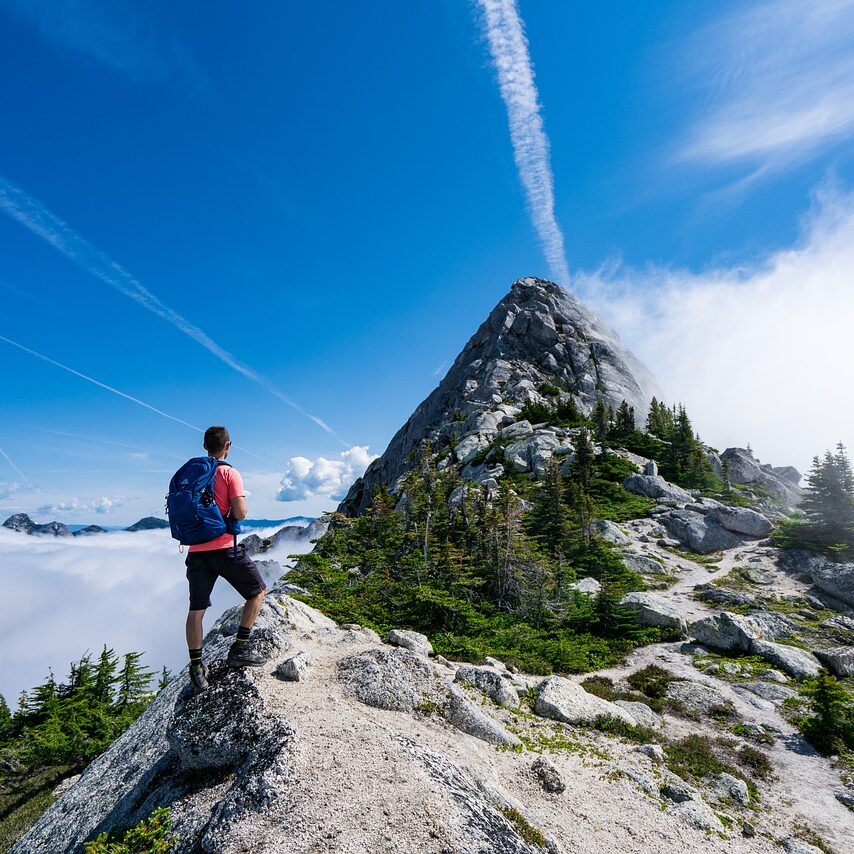
Remember to Bring Extra Things
Your itinerary is a key tool to ensure your camping experience is organized and hassle-free. Plan the activities you want to do in advance, like hiking, fishing, or exploring. Make sure to bring the necessary gear for each activity.
For example, if you plan to go hiking, bring appropriate shoes, trekking poles, and plenty of water. If you plan to fish, don’t forget your fishing rod, bait, and a cooler to store what you catch.
It’s also helpful to bring a little more food and water than you think you’ll need, in case the trip extends longer than expected.
This kind of foresight can make the difference between a pleasant experience and one full of worries.
Don’t Litter
One of the most important principles of camping is to leave the place as you found it, or even better. Follow the Boy Scout rule: “Leave no trace.”
This means picking up all your trash and not disturbing the natural environment. Use the trash bags you brought to collect your waste, and if you find trash left by others, pick it up too.
Remember, we are guests in nature, and it’s our responsibility to take care of it so others can enjoy it as well.
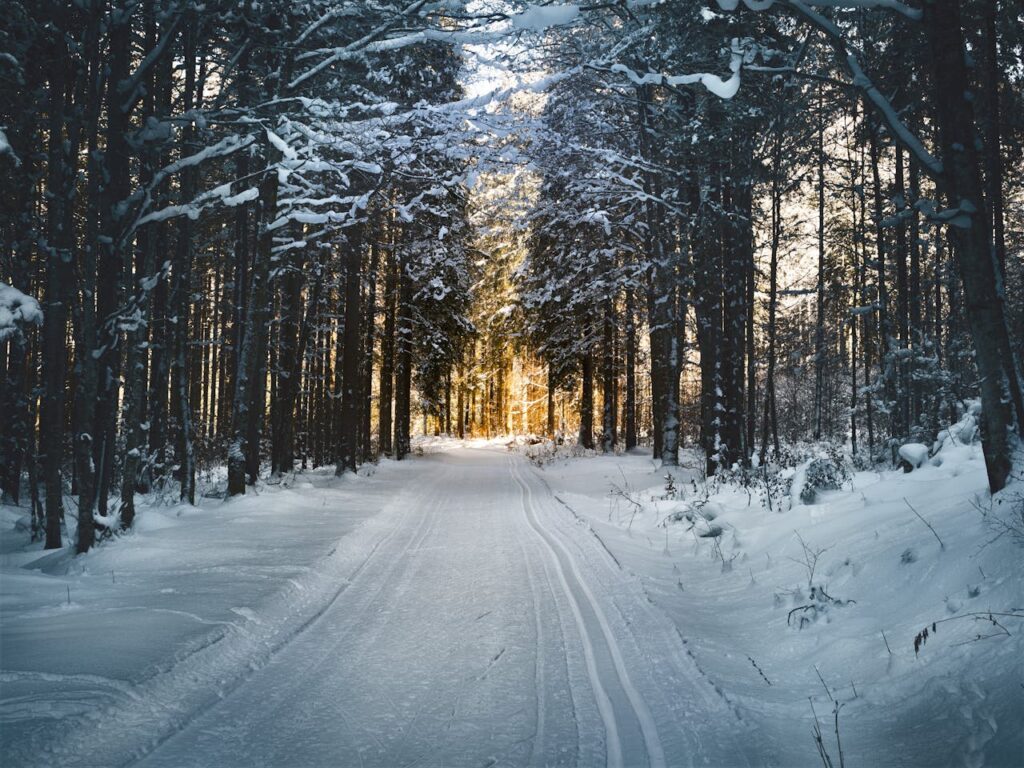
Take Care of Yourself in Winter
Winter can be a challenge for campers, but with the right precautions, you can enjoy a unique experience.
The first thing is to make sure you bring thermal clothing and a good waterproof jacket. Nights are especially cold, so a sleeping bag rated for low temperatures is essential.
Additionally, it’s vital to stay dry. Moisture in winter can be dangerous, as it increases the feeling of cold and can lead to hypothermia.
Always have an extra pair of gloves and dry socks on hand. Avoid staying still for too long, as movement generates body heat. It’s also advisable to have hot drinks and high-calorie foods readily available to keep your energy up.
In summary, winter shouldn’t discourage you from camping, but it does require careful planning and the right gear. With the correct precautions, you can enjoy nature at its purest, surrounded by snowy landscapes and the peace that only this season can offer.

